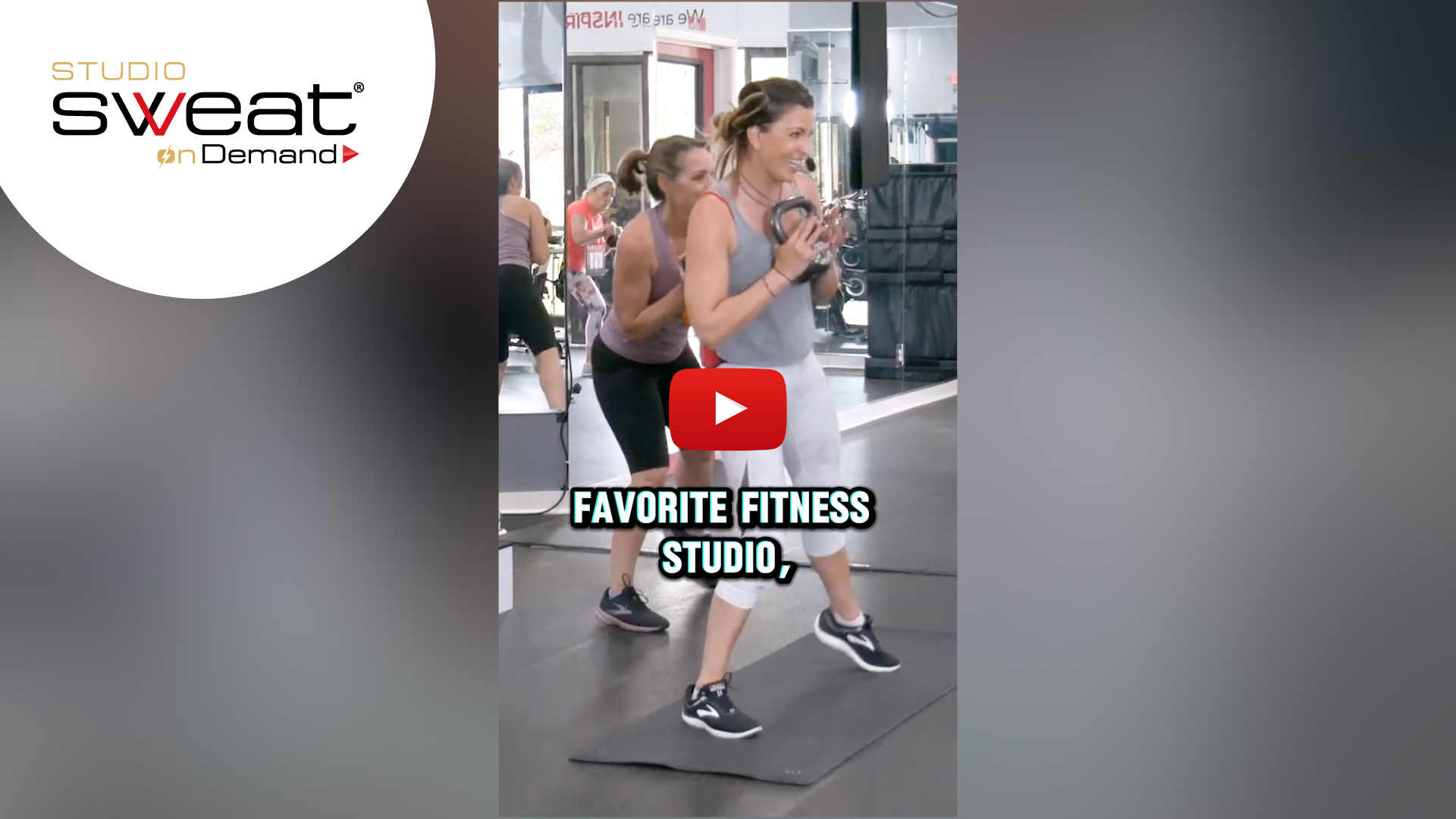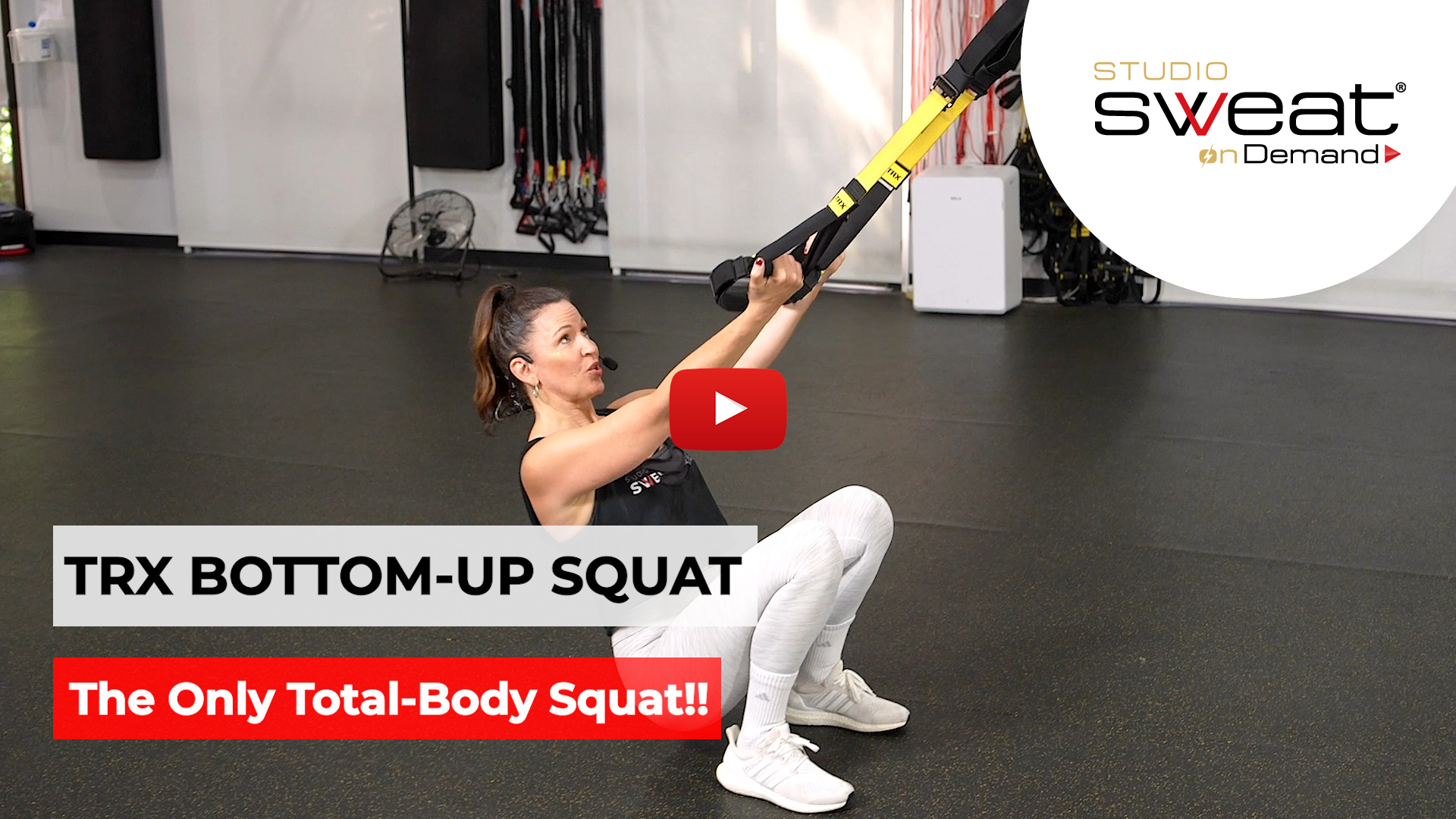Muscle Groups Worked, Benefits, Best Size to Get, and More!
Battle ropes are a fun tool to add to your fitness equipment, but we get lots of burning questions about them, so before you buy, borrow, or beg for your own, we’ve got Rebecca joining Cat Kom with some answers to the basics.
What are the benefits to a battle rope workout?
- Full body workout – Adding ropes to your routine is a way to get it all. You’ll get a full-body workout, hitting upper body, core, and legs with some simple moves. And it’s almost impossible to do the moves without great form, so it’s a great low-impact way to do high-intensity work.
- Burn, baby, burn – Battle rope workouts will also give you a massive calorie burn. Rebecca likes to call it “arm cardio,” and in some cases, you may knock out more kCals than you would in a traditional HIIT training.
- Gets you coordinated – Without having to figure out an 80’s aerobics dance routine, a battle rope workout will improve your overall coordination. And guess what – coordination is important to more than just your physical health. Doing opposing, synchronized, and mirrored moves with the ropes will also help your brain stay strong. Win-win!
- Anyone can do it – Low back problems? Bad knees? You can still get an amazing battle rope workout sitting on a stability ball or even a bench and working your upper body. You’ll build core strength which will even help out with back issues.
What muscles are getting worked? Is it cardio or strength?
That’s an easy one – both and all. This is a best of all the worlds workout because you’re gaining strength, power, and endurance with an overall aerobic impact. Every major muscle group gets to play along. In a beginning circuit, your legs may not play a primary role, but your core, arms, and shoulders will be loving it. Your legs will kick in when your arms are in overdrive and pooping out on you. As you advance, you’ll be able to bring the legs into the game and hit the quads, hamstrings, and calves (Rebecca uses the ropes while planking. Try that when you’re ready for an elite-level challenge!).
What size rope is best?
Battle ropes come in a variety of lengths and thicknesses. Generally, thinner and shorter is easier (lighter).
- Beginner – if this is your first go around, start with ropes that are 1-inch thick and 30 feet.
- Moderate – if you’re able to knock out a 1-hour Spin Sculpt class, you’re ready for 1-inch and 40 feet.
- Elite – at an advanced fitness level, you might be able to go to 1 1/2” and 40 feet (Rebecca has a 2” rope that’s 30 feet). But also remember that you can always do more and up the intensity of your circuit rather than constantly adding equipment.
What’s the best spot to put battle ropes?
The don’ts:
- Don’t put it on anything that can fall over.
- Don’t put it inside the house.
- Don’t attach it to a downspout.
The do’s:
- Do try a sturdy patio post.
- Do use an anchored bench leg (like at the park).
- Do use a metal fence post (a post with footings – if you use the smaller decorative posts or chain links, you might damage the fence).
- Do use your kids’ basketball hoop post (bonus, they might even give the battle ropes a try).
Anchor it low to the ground (max about 2-3” off the ground), but you don’t need a flat surface. Remember you’ll be picking up the ropes, so if your anchor point is on a curb or a slope, you’re still good.
Wherever you put them, we bet you’ll love this new addition to your fitness program!
And for those body-sculpting, fat-torching workouts – including some battle rope circuits to add to your workout – check out Studio SWEAT and Studio SWEAT onDemand!

















Comments - 0